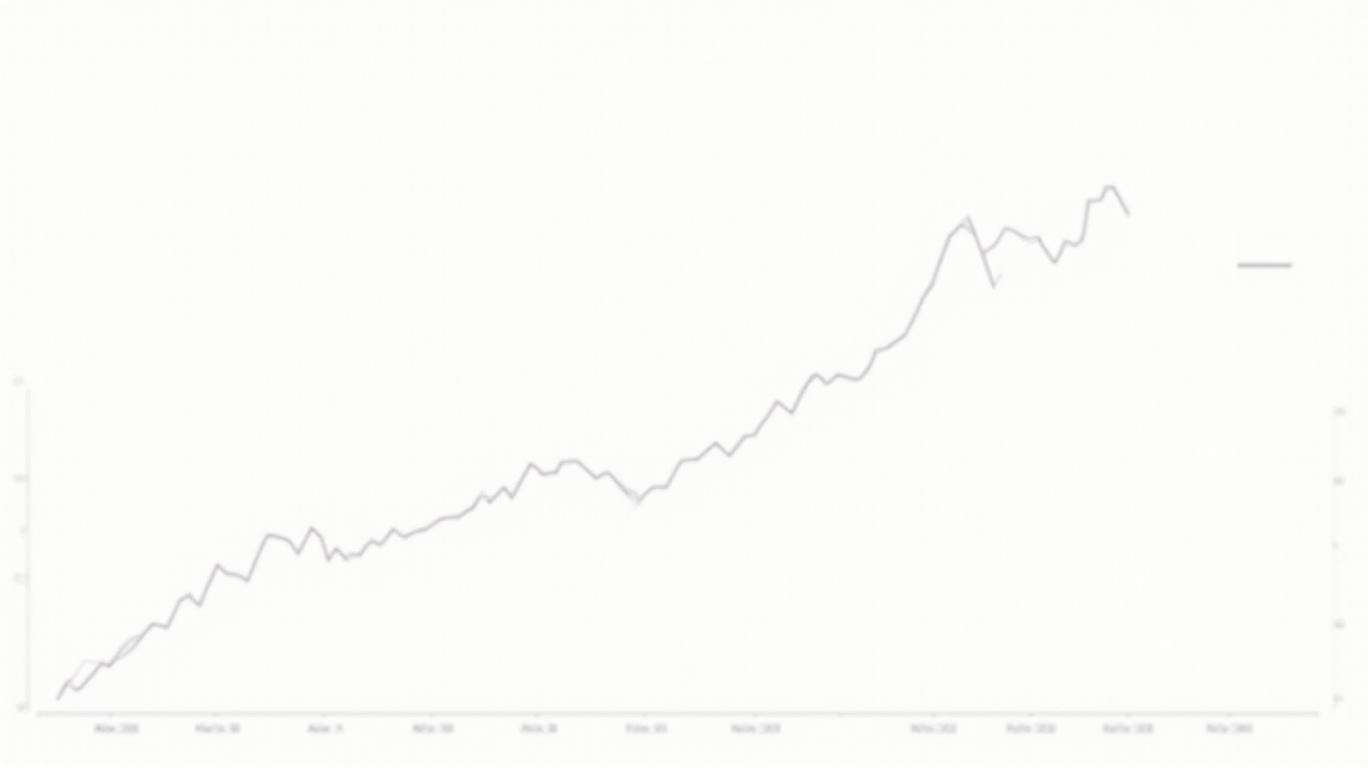OPEC+ Shocks Oil Markets with Accelerated Output Hike
OPEC+ ignited fresh volatility in oil markets over the weekend, announcing a second consecutive production hike for June and signaling a broader, more aggressive campaign to reclaim market share and punish member states failing to meet output quotas. The alliance, led by Saudi Arabia and Russia, approved a 411,000 barrels-per-day (bpd) increase for June—matching April’s surprise hike—and suggested that more barrels may be unleashed in the coming months, with the potential for up to 2.2 million bpd to return to the market by November.
The decision marks a dramatic shift in strategy for a group that had spent the better part of five years tightly managing supply to support prices. The change reflects growing Saudi frustration with persistent overproduction from members such as Iraq and Kazakhstan. Saudi Energy Minister Prince Abdulaziz bin Salman, long a proponent of market stabilization, appears to have pivoted toward a more confrontational posture—one that prioritizes market share even at the expense of price.
Traders had been bracing for a large hike following weeks of signals from Riyadh. The confirmation, however, triggered a steep selloff in crude. Brent crude dropped more than 4% to below $59, while U.S. benchmark WTI fell 1.25% to $57.55, pushing oil prices to four-year lows. Analysts say the latest move has upended market assumptions and increases the risk of a prolonged period of oversupply, especially with global demand projections softening under pressure from U.S. trade tariffs and weakening Chinese growth.
Saturday’s announcement brings the total output OPEC+ has agreed to restore between April and June to nearly 1 million bpd. According to sources familiar with the matter, the group is likely to approve similar 411,000 bpd hikes for July and potentially for August through October as well, if quota violations persist. Should compliance not improve, the group could accelerate the full unwinding of the 2.2 million bpd in voluntary cuts by November—two years ahead of the originally planned September 2026 timeframe.
The move represents a harsh rebuke of Kazakhstan and Iraq, with Riyadh reportedly seeking to "financially sweat" quota violators into compliance. Kazakhstan has become a particular flashpoint, exceeding its March target by more than 400,000 bpd. Its government has shown little willingness or ability to rein in international operators such as Chevron and Eni, who continue to ramp output from projects like the Tengiz field. Iraq, though making some efforts to adjust production, remains a serial underperformer.
Analysts view the decision as a calculated gambit by Saudi Arabia, one that seeks not only to discipline cartel members but also to curry favor with U.S. President Donald Trump ahead of his upcoming visit to the kingdom. Trump has repeatedly pressed OPEC+ to lower prices amid his tariff war-induced inflation pressures, and the production hike may be aimed at easing fuel costs and facilitating broader geopolitical negotiations, including a possible nuclear deal involving Iran.
Yet the timing and scope of the production increase are not without risk. Riyadh itself is facing economic strain, with major projects like the Neom mega-city reportedly suffering from investment cutbacks. The International Monetary Fund recently downgraded the kingdom’s growth outlook and warned it needs oil above $90 per barrel to fund its fiscal agenda. In choosing to flood the market now, the Saudis appear to be accepting near-term pain in exchange for long-term market dominance and cartel discipline.
Reactions across the oil industry were swift. UBS analyst Giovanni Staunovo warned that continued acceleration of output could keep downward pressure on prices unless compliance improves. Bjarne Schieldrop of SEB noted that despite the production hike, April output fell slightly due to sanctions on Venezuela and technical issues elsewhere—highlighting the gap between policy and actual barrels delivered.
The internal rift within OPEC+ and the return of supply-driven policy raises broader concerns about the group’s cohesion. For now, eight member countries remain tied to the 2.2 million bpd voluntary cut portion, but that framework appears increasingly tenuous. Another video conference is scheduled for June 1, where delegates will determine July production levels and assess compliance. Sources suggest that if Kazakhstan and others continue to flout quotas, Riyadh may push for further unwinding through the fall.
In short, the alliance’s new strategy has thrown the oil market into flux. After years of restraint, OPEC+ appears ready to sacrifice price stability in pursuit of political goals and internal order. With oil below $60, global inventories rising, and economic signals flashing caution, the cartel’s gamble could define the second half of 2025 for energy markets—and for the geopolitics tied to them.


_442a2dcc1749832873286.jpeg)
_e68fac6d1749831664430.jpeg)






